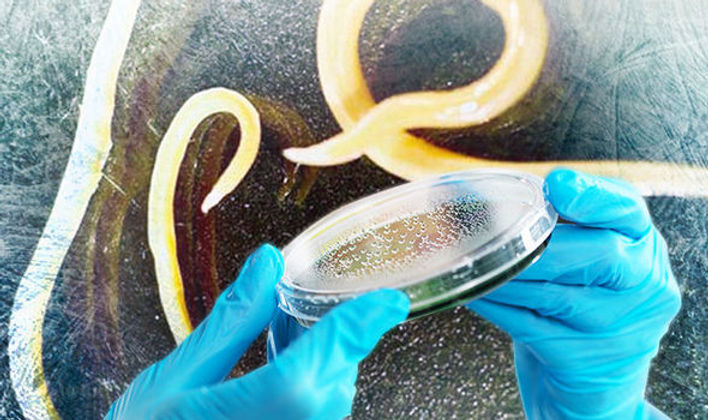By: Melody Dou
In 2018, Anastasia Shatilovich, a scientist from Russia, thawed two female worms, or nematodes, by putting them in water. They were frozen in 130 feet of permafrost within a fossilized burrow dug by gophers. “Permafrost is a permanently frozen layer on or under Earth’s surface,” according to National Geographic.
The worms were named Panagrolaimus kolymaensis after the Kolyma River where they were discovered. They are microscopic and just a few millimeters long.
Eventually, the nematodes were sent to a lab in Germany for further research.
Through radiocarbon dating, the worms were discovered to be frozen in the late Pleistocene, between 45,839 and 47,769 years ago, during the time of the wooly mammoth. This breaks the “previous dormancy record by tens of thousands of years,” according to The Washington Post.
The original nematodes have died because of their lifespan of around one to two months, but they have reproduced many generations of nematodes in the lab. They reproduce without a mate through parthenogenesis.
“The major take-home message or summary of this discovery is that it is, in principle, possible to stop life for more or less an indefinite time and then restart it,” said Dr. Kurzchalia.
Researchers found genes allowing for the nematodes to achieve such a dormant state, which are also found in another nematode named Caenorhabditis elegans. It was also found that they need the sugar trehalose to survive. The sugar “may be involved in helping protect their DNA, cells and proteins from degrading,” according to The Washington Post.
“In times of global warming we can learn a lot about adaptation to extreme environmental conditions from these organisms, informing conservation strategies and protecting ecosystems from collapsing,” said Dr. Philipp Schiffer from the Institute for Zoology at the University of Cologne.
Global warming is melting more and more permafrost. According to the New York Times, “in that case, there would be no control over what is reintroduced to the world.”
Sources:
https://www.nytimes.com/2023/07/29/science/roundworm-nematodes-siberia-permafrost.html
https://education.nationalgeographic.org/resource/permafrost/











